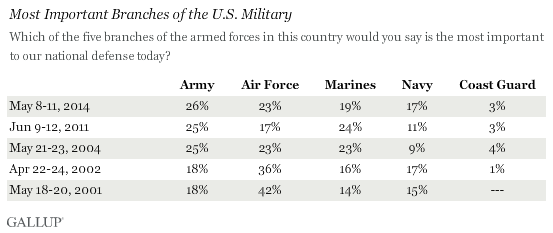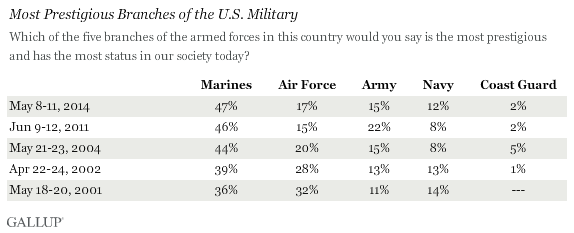A central theme of our book is that, while self-interest explains a lot about government, it does not explain everything. Self-sacrifice is also part of the story, as we see in this release from the US Army Special Operations Command:
Army Rangers hold rare public ceremony to celebrate service, sacrifice
By David Poe
Northwest Guardian
TACOMA, Wash. (USASOC News Service, May 15, 2012) - The U.S. Army Ranger
story is typically a closed book, but Joint Base Lewis-McChord's Rangers opened
the pages of their latest chapter for an evening last week. The South Sound
community had the rare opportunity to join 2nd Battalion, 75th Ranger Regiment,
in recognizing its own at the Tacoma Dome, May 10.
More than 50 Rangers
received commendations, which ranged from Army Commendation medals to a Silver
Star for combat and non-combat action going back to 2005. The battalion also
received two Valorous Unit awards for actions in Iraq and
Afghanistan.
Since Sept. 11, 2001, 2-75th Rangers has deployed for
Overseas Contingency Operations 14 times. Their most recent Operation Enduring
Freedom deployment concluded in December. During the five-month rotation they
conducted 475 combat operations where they lost four rangers and one attached
Soldier.
Staff Sgt. Sean Keough received the Silver Star for courage
under fire in Afghanistan last year. The Silver Star is America's third highest
combat decoration.
Last fall, Keough, serving as a Ranger rifleman and
squad leader, was part of a joint task force conducting a raid on a Taliban
compound. When a comrade was injured during the assault, Keough positioned
himself between the wounded Ranger and insurgent fire so that other task force
members could administer medical aid.
After he and another teammate
eliminated a charging insurgent, he was hit by enemy fire and still held his
position between the enemy and his downed teammate as his squad radioed for a
medevac. Refusing treatment throughout a long firefight, he continued his
integral part of the mission, helping the team to overtake the enemy compound
eight hours later. He also received a Purple Heart for the wounds he suffered
during that engagement.
Lt. Gen. John F. Mulholland, commander of U.S.
Army Special Operations Command, traveled from his Fort Bragg, N.C.,
headquarters for the event. He said to be a part of a night when so many Rangers
were honored for heroic deeds was awe inspiring.
"That convergence --
that range of valor is extraordinary," he said, "and by itself should tell us
what it means to be a Ranger, and to be a Ranger battalion."
Five 2-75th
Rangers noncommissioned officers received Soldier's Medals for rescuing two
climbers atop Alaska's Mount Denali a year ago. At 20,320 feet, the mountain
formerly known as "McKinley" is the highest peak in North America.
The
Soldier's Medal is an award recognizing life-risking heroism that didn't involve
an enemy. The recipients were Sgt. 1st Class. Joseph Lachnit, Staff Sgt. Austin
McCall, Staff Sgt. Keith Pierce and Staff Sgt. David Ray, and Sgt. Kyle
Cresto.
Seven Rangers received Bronze Star Medals with "V" devices for
valor during the ceremony. Pfc. Joshua Overly, 24, was one of them. During a
2011 firefight, the Ranger rifleman drew enemy fire and eliminated the threat so
that two injured troops could be safely reached and extracted.
The
native of nearby Gig Harbor shied away from the "hero" label.
"I was just
in a bad situation and I did my job; that's what it boils down to," he said.
"Anybody in my unit could have been in the same exact situation as me and did
the exact same thing."
verly said he was glad his family and friends could see his fellow Rangers,
instead of just hearing his stories about them.
"(The ceremony) gave my
family a sneak peek of the men that I'm surrounded by," Overly said. "I could
tell them on the phone that I'm in the company of heroes at all times -- it
means a little bit more for them to see it and hear it from somebody else."
Carol Overly, Joshua's mother, said she appreciated that opportunity. As
a mother of two enlisted military members, (another son, Joel, is a Marine
stationed at Camp Pendleton, Calif.), she said last week's ceremony provided her
valuable lessons.
"(Our family) has used it as an opportunity to learn
about our country's history and the history of the world," she said. "Seeing the
work that my boys do now -- the physical training, the mental training -- it's
astounding the amount of hard work they do. It's made me proud -- proud of our
country and all of the men and women in the military."
Lt. Col. David
Hodne, 2-75th Rangers commander, said the openness of the ceremony was a
reminder that though Ranger operational missions are shrouded in security, it's
important to touch base with a public that might know the legend of the Army
Ranger, yet never have the opportunity to shake his hand.
"The community
is insulated from the Rangers when we're only in our compound, and they are our
biggest fans and supporters," he said, "so when you talk about getting a
perspective on what these great Rangers are doing, there's no better way to do
it."
Hodne also said any benefit to the community was matched by
appreciation from his ranks.
"After now more than 10 years of war, for
families to celebrate amongst themselves -- to do this in isolation -- they've
done that for years," he said. "Over time it's difficult to continue when you
think you're alone in your effort in fighting the war. These men get up every
day and do the hard jobs -- without complaint."





